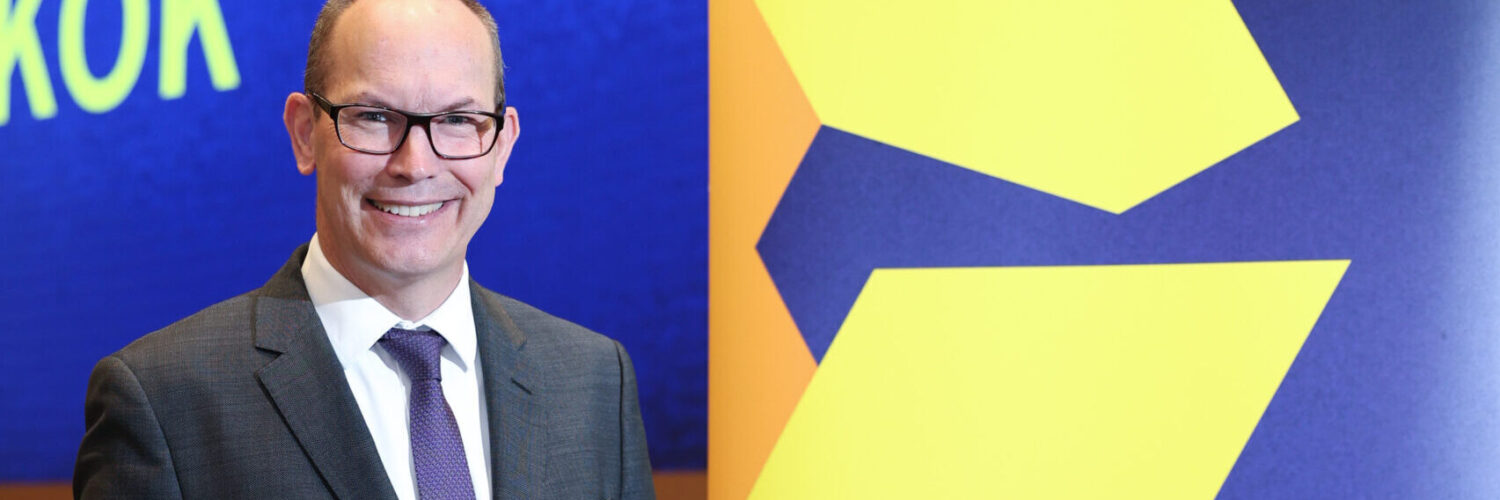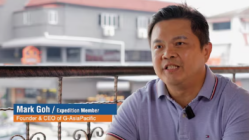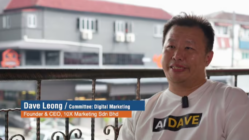In an exclusive interview with MALAYSIA SME, Thomas Dohse, Director of Interpack, shared how the event continues to shape the global packaging landscape, and why Southeast Asia should pay attention to the shifts driving this industry forward.
Key Takeaways
- Global Stage for Innovation Interpack remains the world’s largest and most influential event for processing and packaging, bringing together 2,800 exhibitors and 140,000 visitors from over 60 countries. It serves as the pulse of the global industry and a bridge for Southeast Asia to connect with global innovation.
- Three Core Industry Themes Interpack 2026 will spotlight three global trends driving transformation:Smart Manufacturing – advancing efficiency and automation through AI and energy optimisation. Innovative Materials – focusing on recyclable and bio-based packaging such as mono materials. Future Skills – addressing workforce transformation and inclusion through initiatives like Talent Day and Women in Packaging.
- Empowering Southeast Asia’s Packaging Ecosystem While Southeast Asia remains largely a visitor market, there’s growing opportunity for regional participation and adoption of international standards. Malaysia, with its young and dynamic talent pool, is well-positioned to advance in sustainable packaging innovation.
- Connecting Through Knowledge and Collaboration Interpack’s matchmaking platform and Seven Days, Seven Topics forum enhance collaboration, helping businesses—from SMEs to global players—find partners, explore ideas, and adopt innovations shaping the future of packaging.
Global Platform, Local Relevance
“Interpack has always been a truly global platform,” Dohse began. “We have exhibitors from every continent and visitors from almost every country in the world. Southeast Asia plays a particularly interesting role — not yet as a major exhibitor base, but as a vital visitor market. Many companies from this region come to Interpack to learn, to network, and to see what’s next.”
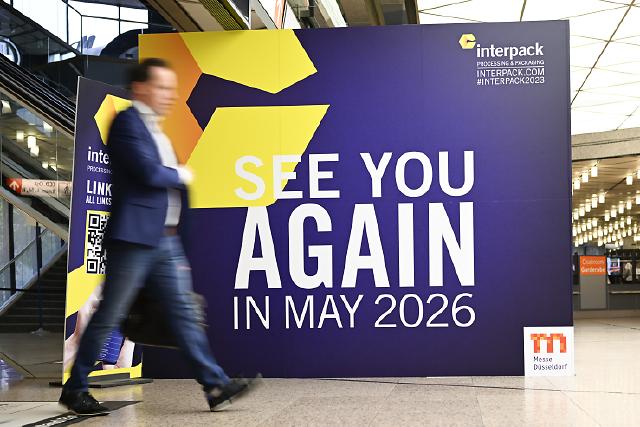
While Southeast Asia remains largely a visitor-driven region, Dohse noted that there is growing participation from joint country pavilions, particularly on the packaging material side. “Most of the leading manufacturers of packaging machinery come from countries like Germany, Italy, and China,” he explained. “But Southeast Asia has a strong materials presence and that’s a good starting point for growth.”
Global Trends Defining the Industry
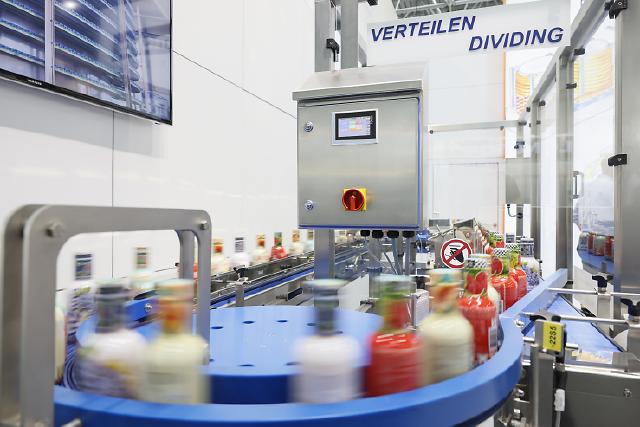
Every edition of Interpack spotlights the trends shaping the industry’s next phase. Drawing from the event’s advisory board — which includes associations, manufacturers, and global industry leaders — Dohse highlighted three defining themes for the upcoming Interpack: Smart Manufacturing, Innovative Materials, and Future Skills.
Smart Manufacturing, Dohse said, reflects how efficiency has become the new benchmark of competitiveness. “The industry is under intense pressure to be faster, cleaner, and more efficient,” he shared. “Smart manufacturing captures everything from AI integration and energy reduction to process optimisation. It’s not only about producing more; it’s about producing better using fewer resources, less water, less energy, and fewer materials.”
He pointed out that this transformation cuts across every packaging segment — from food and beverages to pharmaceuticals, cosmetics, and industrial goods. “Every sector that depends on packaging is part of this conversation,” Dohse said. “That’s why Interpack is such an important meeting point because innovation in one segment often influences another.”
Another theme focuses on materials shaping the future of packaging and here, the conversation naturally turns toward sustainability.
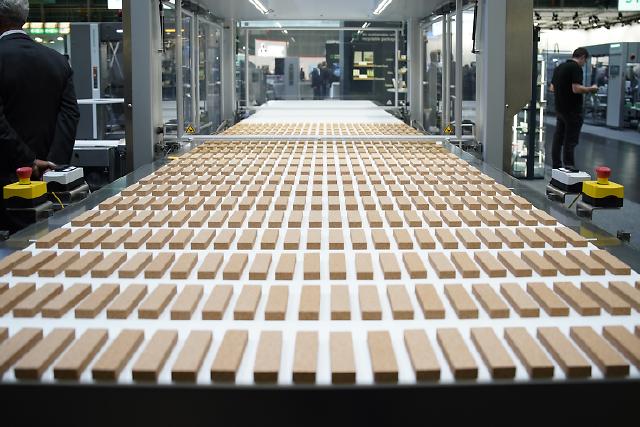
“Materials today do much more than protect the product,” Dohse explained. “They can include smart functions such as QR codes, temperature indicators, even freshness sensors that make products safer and more reliable.”
At the same time, the industry is seeing rapid progress in bio-based and recyclable materials. “We have more than 1,000 exhibitors at Interpack who specialise in packaging materials,” he said. “One of the key innovations we’re seeing is the shift from multi-layer plastics to mono-materials which are easier to recycle, lighter, and more energy-efficient to produce. It’s not just about being eco-friendly; it’s also about cost savings.”
The third theme, Future Skills, addresses what Dohse considers one of the most urgent global challenges — workforce transformation.
“As AI and automation become more integrated into packaging processes, companies need skilled workers who know how to manage, interpret, and use these technologies effectively,” he said. “At the same time, we must prepare for potential labour shortages something we already see in Europe and the U.S.”
To respond, Interpack dedicates its final day to Talent Day, inviting students, universities, and young professionals to engage with industry players. “We also host a Women in Packaging event,” Dohse added. “If we are to address labour shortages and innovation diversity, we must attract more women into this field.”
The Role of Sustainability — A Universal Agenda
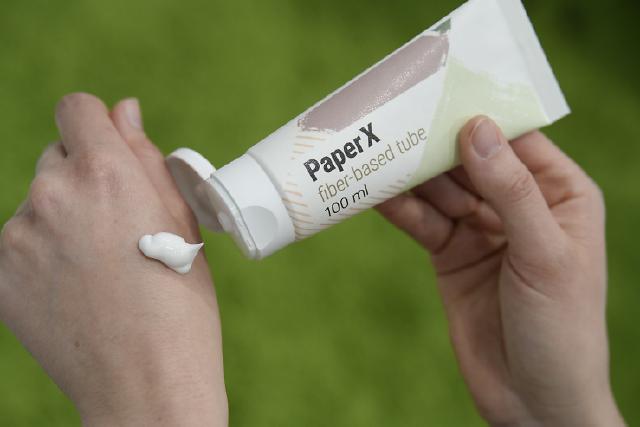
With the PaperX Tube series, Neopac presents environmentally friendly next-generation tubes made of fibre-based laminate, ideal for organic and natural personal care and cosmetic products. They contain 46 percent less plastic than conventional tubes, which reduces CO2 emissions by 24 percent. (Interpack 2023 Filepic)
When asked how sustainability fits into these themes, Dohse was quick to clarify: “Sustainability is not a standalone topic — it’s embedded in everything.”
“Whether it’s energy savings, material reduction, or efficiency, every sustainable measure also reduces cost,” he said. “The benefits of efficiency make sustainability and circularity a strong business case.”
Dohse pointed to mono-material innovations as an example. “It’s not only about being environmentally responsible. Using lighter and simpler materials means saving energy, reducing waste, and ultimately saving money. It’s good for business and good for the planet.”
Connecting the Global Ecosystem
At the heart of Interpack’s influence lies its ability to connect. With a venue the size of 40 football fields, the event demands structure and intelligence — which is why the organisers have developed an advanced matchmaking platform to help visitors plan ahead.
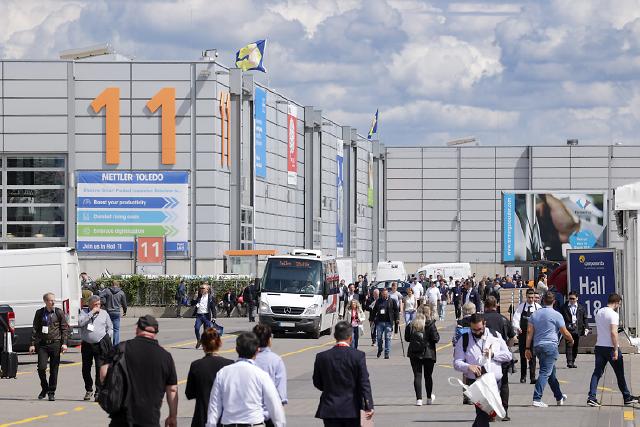
“It’s a huge show,” Dohse said with a smile. “So we built a tool that helps participants find the right people. If you’re coming from Malaysia looking for, say, monolayer plastic foil suppliers or candy bar packaging machines, you can search, contact, and set appointments even before you arrive.”
Both exhibitors and visitors can access the platform, which Dohse said is now more intuitive than before. “It helps ensure that even if only one key decision-maker from an SME attends, they can make the most of their three days at the show.”
Beyond matchmaking, Interpack’s Spotlight Forum will feature “Seven Days, Seven Topics,” comprising panel discussions, presentations, and interviews. “It’s an open space at the main entrance,” Dohse described. “Anyone can join — exhibitors, visitors, students — and explore what’s new and next in the packaging world.”
Southeast Asia’s Next Step
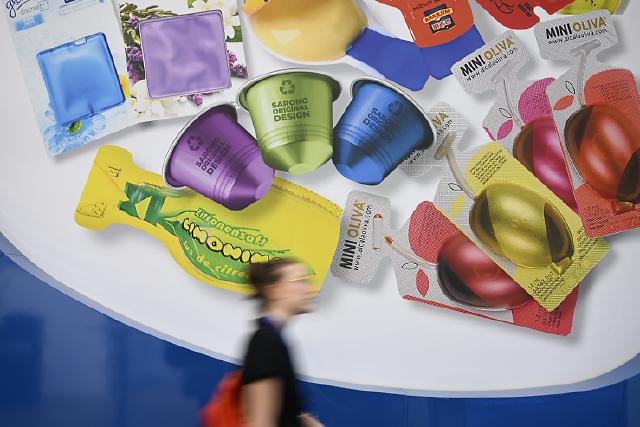
With Southeast Asia, Dohse sees untapped potential. “There’s still a gap in how information flows to smaller manufacturers and SMEs,” he observed. “Many of them are part of the larger supply chain — in electronics, palm oil, rubber, and other export-oriented industries — but may not yet have direct access to global packaging innovations.”
He added, “For Malaysia and the region, aligning with international packaging standards is a requirement they must fulfil if they want to stay competitive globally. If you’re exporting to the EU or the US, you must comply with packaging and waste reduction regulations. This also includes how companies are actively collecting back and dealing with their packaging waste.”
Yet, for Dohse, this challenge is also an opportunity. “Southeast Asia has a young, dynamic population. With the right skills, materials, and technology adoption, this region could play a major role in defining the future of packaging.”
A Platform That Shapes the Future
As Interpack prepares for its next edition in 2026, Dohse sees it not just as an exhibition, but as a catalyst for change.
“We see ourselves as a global community builder,” he said. “Every three years, we bring the world together to exchange ideas, find solutions, and advance the industry. Processing and packaging are essential to modern life — they keep our societies running, from food preservation to logistics to health care.”
“Packaging sometimes gets a bad image because of waste, but life without packaging is simply not possible. The real challenge is to make it smarter, more efficient, and more sustainable. That’s what Interpack stands for.”
Thomas Dohse
For more information to visit or to exhibit in Interpack 2026, please visit: https://www.interpack.com



